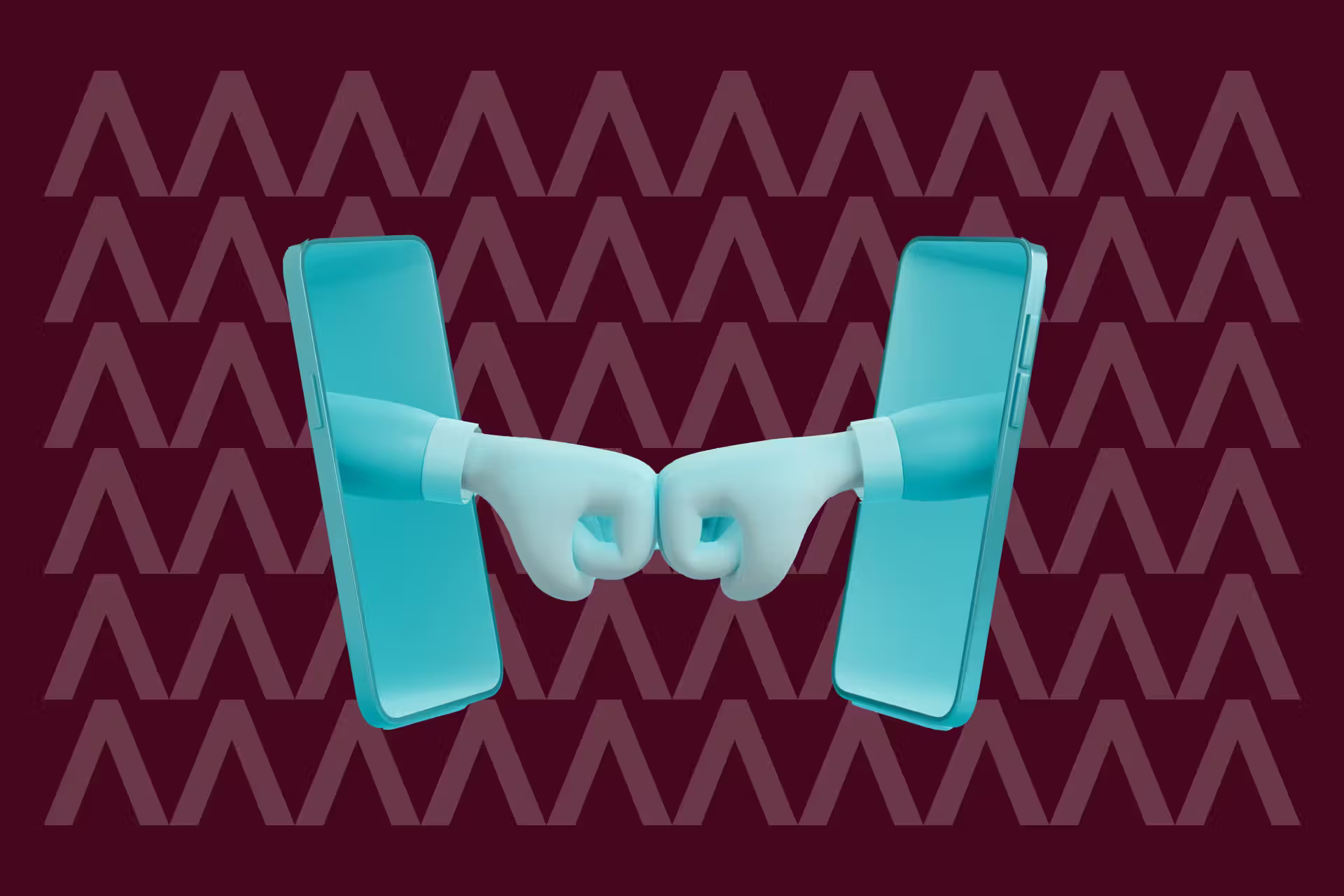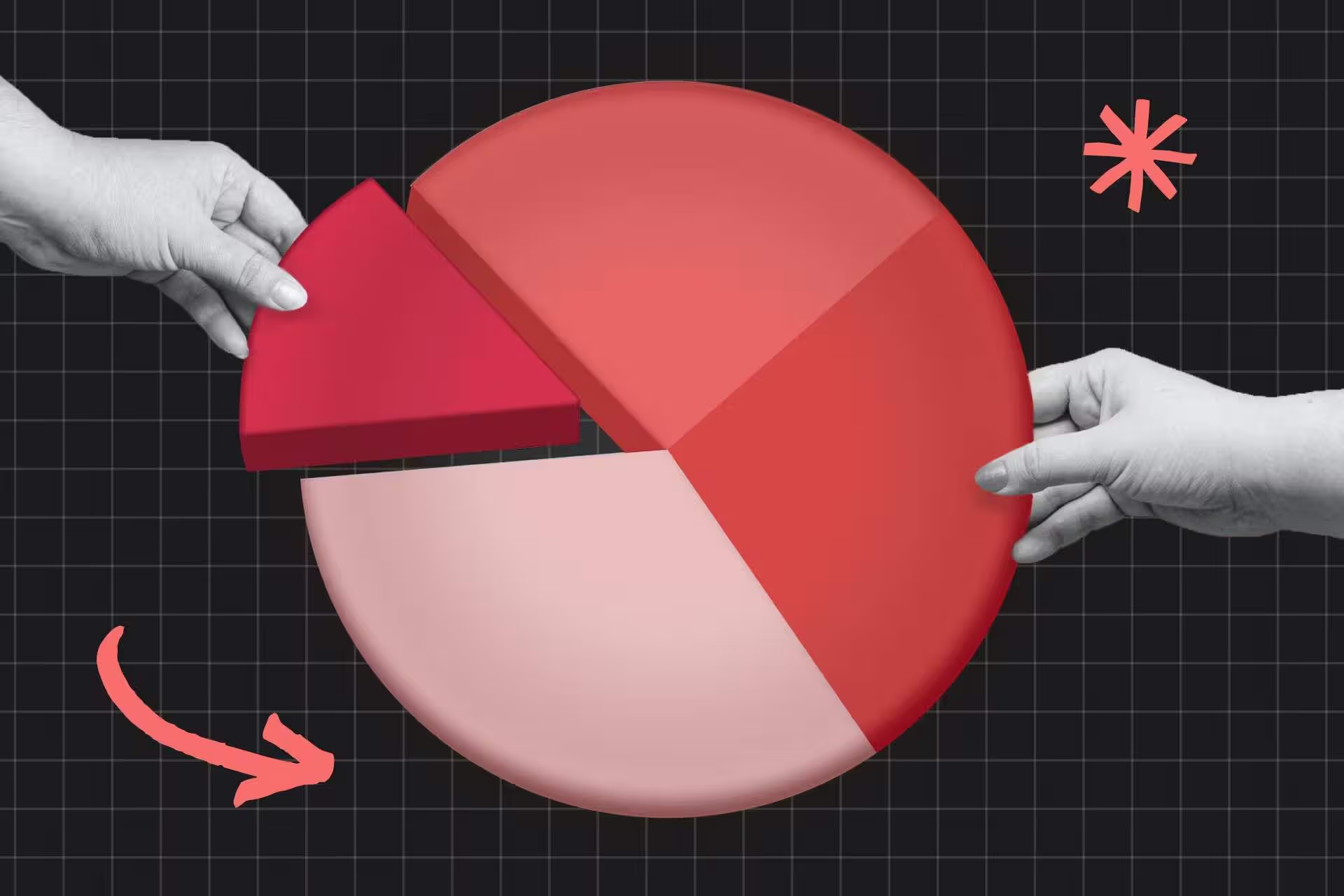Traditionally, if you want to sell goods to a consumer, there’s a supply chain involved. You’d ship your product to warehouses, which would then be distributed to retailers to display on shelves. Consumers would then compare your product to everything else on the shelves and purchase it if it fit their needs.
This method cedes a lot of control to organizations that you have little influence over. Many entrepreneurs and founders would rather not do that? Welcome to Direct-to-Consumer (D2C) selling.
What does D2C mean?
For boutique brands and startups, eCommerce has provided an opportunity to cut out all the middlemen and sell directly to the consumer.
There have been some big success stories of startups that have taken this route. For example, in 2012, Erin Deering and Craig Ellis co-founded the boutique swimwear brand, Triangl. Deering and Ellis sold exclusively through their own eCommerce platform. Their social media platforms—particularly Instagram—became their marketing channel. By attracting the attention (and support) of celebrities including Kendall Jenner and Miley Cyrus, Triangl exploded in popularity. The business is now valued at $45 million, and Deering and Ellis still control everything.
Other famous examples of successful D2C brands include The Dollar Shave Club, mattress specialist Casper, and pet goods supplier BarkBox. With the right strategy, just about every product category can be successfully sold via D2C.
Why are businesses going D2C?
D2C sales have surpassed $150 billion, and are growing at a double-digit rate year-on-year. What drives that growth? For business leaders and entrepreneurs, the appeal of D2C is that of control. You don’t need to rely on the distribution and retail model to effectively present your product and brand to consumers. You control how your product is presented to consumers, and how they buy it.
Consumers also prefer the D2C model. The stats here are staggering. A full 86 percent of consumers look for “authenticity” when making purchasing decisions. When they have that direct rapport with a brand, the sense of authenticity develops rapidly. It’s no surprise then that 88percent of consumers also prefer to buy directly from a brand when given the opportunity.
That’s the reason businesses are going D2C. Many business owners prefer it for the control it gives them over messaging, quality control, and the supply chain. Many consumers prefer direct and authentic interaction with the brand. Done right, it’s a win-win for everyone.
D2C vs B2C: What’s the difference?
The differences between D2C and traditional Business-to-Consumer (B2C) models are found within the supply chain.The product is made the same way. What is different is how it gets from the factory into the hands of the consumer.
(Source: Sitecore)
However, it's important to understand that this is not a comparison between bricks-and-mortar and online retail. Online retailers can be B2C businesses. Amazon, for example, allows businesses to sell products over its storefront, while it warehouses the inventory and then delivers. It replicates the traditional B2C model via a Web interface (and very effectively, too).
Meanwhile, Apple is the ultimate example of a B2C model extending to brick-and-mortar retail outlets.Apple—famously controlling over the presentation of its products—realized that it could do a better job of that by directly showcasing its products to consumers. Now, Apple’s stores are the most profitable retail spaces in the world.
The advantages of a D2C business model
The value of having complete control over the supply chain can't be overstated. The more you rely on other parties, the greater the risks to your brand. A retail shop assistant that you have had no part in training might misrepresent your brand to consumers. Warehouses might handle your product poorly. Without a D2C business model, your ability to address these risks is limited.
1) You have better control over the price and the margin is better
Competing in traditional B2C spaces is tough. Your product is going to sit against a dozen other brands.Meanwhile, the third parties that you're selling through will add their own margins and expenses. The pressure to slash your margin to be competitive on price with other brands is extreme.
D2C allows you to sell your product at the price it's worth, in a space without competition. Furthermore, while you still need to pay the supply chain, there aren’t distributor and retailer margins to account for.
2) You have fewer rules to deal with
Traditional retailers will have rules about how a product needs to be presented and packaged. With a D2C approach, you can set your own rules. This will save you money by reducing packaging costs. It also allows you to be more creative with your branding.
3) You can interact directly with customers
For D2C businesses, the website is a major advantage, giving them a direct connection to their customers. It also allows for a more agile approach to business.
Limited run items are a good example. It’s almost impossible to do a limited run through traditional retail. They need to make a purchase order (and few retailers like purchasing small quantities of a product), and the distribution channel is incredibly expensive because it relies on shipping in bulk.
But when you own the point of purchase and logistics channel, you can do a limited run easily. This allows you to reward your most loyal customers with a special edition product to buy, or test how a new product will resonate before full production.
4) You collect the customer data
Data is critical to modern businesses. Businesses such as Amazon are so successful because they have so much deep data on every customer. With B2C selling, the retailer gets that data. With D2C, you do.
Challenges of a D2C business model
While the D2C business model has many advantages, it can also be a challenge, particularly for startups that don’t yet have any visibility on the market.
1) Marketing can be a nightmare
The majority of D2C companies sell via an online store. Now consider how many eCommerce stores are out there, and the fact that, as far as online presence goes, they’re competing against the likes of Amazon.
It can be expensive to earn an audience with a D2C business. You’ll need to invest in SEO and marketing initiatives, and spend a lot of time building social networks and customer communities.
2) Your store is going to be limited
One of the advantages of a traditional B2C environment is that it sells “solutions” rather than individual products. Say that your product is a music player. At a traditional retail store, a customer can buy yourproduct. They can also buy headphones, a bag to carry it in, CDs, or a computer to move the music to and from.
With a D2C model, you just sell the music player, which customers might find inconvenient. Or, you can source headphones, bags, and other accessories and sell them through your shop. Doing that will turn your business into its own B2C outlet, however, and that means dealing with suppliers, logistics and inventory. That then introduces challenges of its own.
3) Your business requires more talent
The flip side of the “taking control of everything” coin is that you’re also responsible for everything. Your organization will need skills in managing marketing, customer relations, logistics and shipping, eCommerce website management and security, and more. With the traditional B2C model, you can pass this responsibility onto your partners. Again, the need for these additional resources and capabilities means that the D2C model is more expensive to run.
Examples of successful D2C startups
Some of the biggest names in the startup industry are D2C businesses. For many founders, the ability to take fate completely into your own hands is appealing and cuts right to the core of entrepreneurship.
Netflix
It’s worth remembering that while D2C is generally considered a retail model—i.e. manufacturing and shipping physical products to customers—it is broader than that. Netflix is a perfect example of a non-retail D2C business. Netflix started out as a platform for other film and TV producers to stream their content. However, as competition like Disney+ and Apple TV sprung up, Netflix knew it needed to do more.
Now it produces thousands of hours of original programming. Distributing that content exclusively through the Netflix platform gives the company a major competitive advantage as a D2C provider.
Freewrite
Freewrite is a perfect example of a product that would have failed on traditional retail shelves. The company produces typewriters. You can back your words up to the cloud, but you can't use the device to surf theInternet, or even check your social media. However, as it turned out, there was an audience who craved distraction-free typing experiences and incredible, comfortable keyboards. Freewrite has found that audience and fostered a community of authors and wannabe writers via its website, selling these incredibly niche products direct.
Blue Apron
There are several “food subscription services” now, but Blue Apron stands out as a leader in the space. It offers an “end-to-end” cooking experience, where the company sources produce from farmers, creates recipes, and sends a box with everything the customer needs directly to their door. It is services like this that have helped the entire groceries supply chain break away from the traditional supermarket models.
The Honest Company
If you’ve ever wondered where Jessica Alba turned after hitting the highs of Hollywood, it was to found The Honest Company. The Honest Company focuses on creating sustainable, ethical and effective essentials for the home. As a D2C brand, The Honest Company perhaps has an unfair advantage in that it has one of the world’s most bankable stars as its founder. Alba regularly promotes the company on her YouTube channel, which, as you can imagine, gets millions of views monthly. Because she's a brand all her own, she's also regularly invited to speak and appear on television. But it has worked. The company is now worth more than $550 million.
Uber
Everyone knows that Uber is a hugely disruptive company, but it has also paved the way for new ways to look at the D2C business model. Uber itself is a D2C company, in that it directly handles everything from ride, food delivery and car rental bookings through its app. It also empowers its drivers to become D2C businesses in their own right. How often have you been in an Uber car and learned that the driver has a side business that you can book directly with them? Uber facilitates that.
How to build a successful D2C brand
VCs are hungry to find the next big thing in the D2C space. Since 2019, there has been between $8-$10 billion invested in these businesses. It is, however, a tough field, particularly in the most common areas, such as fashion, entertainment, and software. Having compelling competitive differentiation is essential, as the incumbency effect of already being at the top of Google and having a loyal customer base is strong.
Competition also follows a success story. When Casper started up, it was the only major D2C player selling mattresses. There were over 200 rivals by 2014. If you have found a unique niche in the D2C space, you need to scale rapidly to establish yourself, because fierce competition will be right behind.
Success in the D2C space comes down to understanding your audience. Remember, they’re looking to have a direct connection to a brand that they find authentic and ethical. Competing successfully is not about price or promotions. It’s about the quality of your communication, and converting customers into superfans and advocates. It’s little wonder that the most successful D2C brands appeal to millennials and gen Z consumers. The most effective marketing strategies directly speak to the attitudes of those demographics.
There’s no better time to launch a D2C startup
Many entrepreneurs find the D2C approach perfectly aligned with their vision. It’s an opportunity to disrupt, challenge the status quo, and directly address a problem a community is facing.It can also be an enormously rewarding approach to business, as you’ll be right there in the trenches, working with your community to build, scale and improve your product.
If you’ve got a great idea for a D2C brand, consider joining an Antler residency! The mentorship, networking and VC funding opportunities are there to help you realize your dream, and it’s available in 25 cities around the world.












